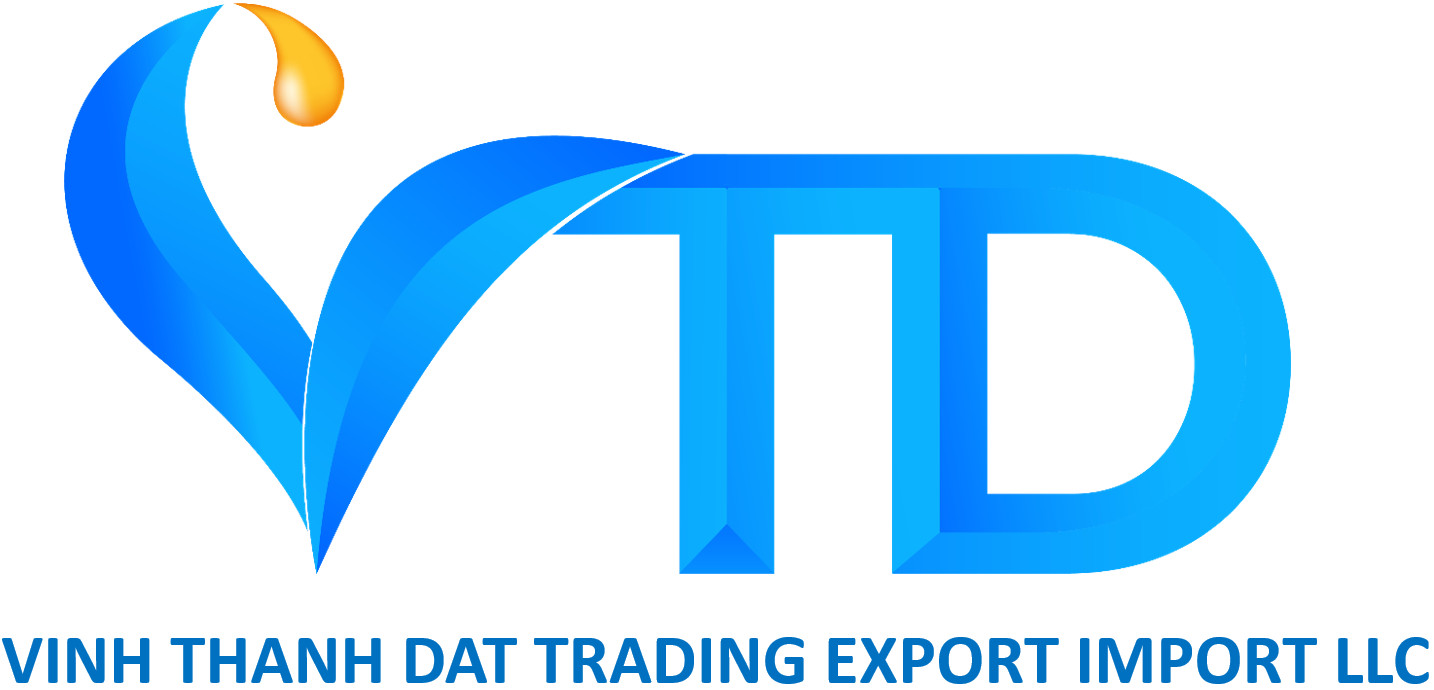HOW IS PALM OIL MADE?
Palm oil is one of the most commonly used vegetable oils in the world. They are found in many products from cooking oils, shampoos, toothpastes to bakery products and even ice cream.
Table of Contents
1. How are palm trees grown?
The production life of the palm tree is from 25-30 years, as a result, the selection of palm seeds will greatly affect the yield. Nowadays, there are many kinds of palm seed enhanced by hybridization for higher production and better resistance to pests and diseases than conventional palm varieties.

Palm oil at mill
In the period of the first eight months, palm seeds are planted in nurseries after that they will be transplanted into the palm estate. In palm estate, palm trees are watered and fertilized according to palm growth stage. After 30 months, the palm tree is considered mature and being willing for the first harvest. Harvesting process will be repeated every 7-10 days.
Oil palm fruits grow in dense clusters known as fresh fruit bunches (FFB). In order to harvest the FFB, the harvester uses a long sickle to remove it from the palm tree. The FFB is identified to be harvested through the bright orange-red color of the palm fruits.
2.Palm oil processing at mill
Fresh fruit bunches (FFB) after being harvested are transported by truck from the palm estate to the mill, where they are steam sterilized, which makes it easier for the palm fruit to separate from the bunch of fresh fruit and inactivates the enzymes that may cause bunches of fresh fruit to lose fruit quality.
After separating the palm fruit from the FFB, the remaining palm components of the palm cluster will be used for different purposes, the long fibers in the stem can be used to make mattresses and car seat cushions. While the remaining empty fruits are returned to the soil to help retain moisture and this is a source of organic matter to provide nutrients to the plant.

How palm oil is made
After separating from the fresh fruit bunch (FFB), the palm fruit is processed into two main products: Crude Palm Oil (CPO) – extracted from the mesoderm or flesh of the fruit and Palm Kernel Oil (PKO) – extracted from the seed in the center of the palm fruit.
The first step is that the palm fruit presses the mesoderm and flesh into oil, which is then filtered and graded to ensure it is free of contamination and low in moisture to meet standard CPO specifications.
Next, the CPO is shipped to an oil refinery, where it is processed into edible oils (cooking oil, cream and margarine), chemical oleo (used in detergents and lubricants), biodiesel and lauric acid (used in cosmetics and soaps).
After pressing the palm fruit, we get a mixture of mesoderm fibers and seeds that will be left in the press, this mixture is put into the machine to separate the mesoderm and seeds.
Mesodermal fibers are used as biofuels such as fuel for steam boilers to drive turbines that power the plant.
The remaining palm kernels, also known as kernels. The pods are sold for biofuel, while the kernels are scrushed to produce kernel palm oil (CPKO). Crude CPKO also undergoes a refining process before being used to manufacture many kind of products such as comestics, pharmaceuticals products, while the palm kernel expeller are used to make animal feed.
3.Utilization of palm oil by-products
Wastewater left over from palm oil production – called Palm Oil Mill Effluent (POME) – is also recycled as fertilizer or as biofuel, biogas. This not only enhances the value of palm but also limit the negative impact on the environment, contributes to increase the value of using palm products in a sustainable manner.
We, Vinh Thanh Dat (VTDIMEXCO) specialize in supplying oils and fats domestically and for export with the ability to supply to the market up to 5.000 – 10.000 tons per month. Product quality, prestige, stable and long-term supply are the criteria that Vinh Thanh Dat (VTDIMEXCO) consider as priority.

